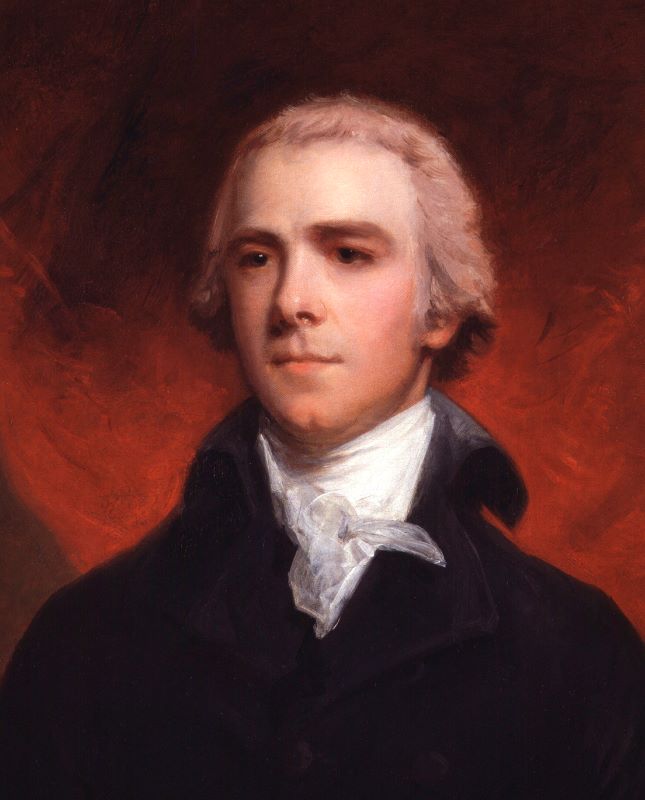For twenty-five years after Britain took possession of New France, they had faced continual challenges in administering the new Province of Quebec. Finding themselves ruling a colony where the vast majority of the population spoke a different language, had different legal and land tenure systems, successive governors in Quebec and Colonial Secretaries in London could find no effective way to integrate the two traditions. They originally confined the new Province to the east side of the Ottawa River, leaving what is now Ontario to the indigenous people, in what was called Indian Territory.
In 1774, Britain passed the Quebec Act, which extended the colony’s borders west to the headwaters of the Mississippi River and down into the Ohio valley. This attempt to further restrict the American colonies led only to a War of Independence, which saw British possessions in North America reduced to the single colony of Quebec. Committees provided numerous reports on the political and legal issues involved in trying to rule both English and Canadians, as the two sides were called. By 1788, only 20% of the population in the colony were English, and they were outnumbered fifteen to one by the Canadians in the more rural areas.
No-one could come up with a practical and effective plan for dealing with the issues. Canadians wanted to keep their commercial laws and their seigneurial land system. Or at least most of them seemed to want that, but no-one was sure. The English demanded an Assembly, an elected parliamentary body, instead of rule by governor and council. After 1783, around 6,000 Loyalist refugees from the Thirteen Colonies had been settled on the north side of the St. Lawrence and around the Bay of Quinté, and they were also demanding a change in the land system and an Assembly.
Then, in June, 1790, William Grenville became Colonial Secretary in London and, in less than a year, had produced a plan, wrote the required legislation, and had it passed through Parliament. William Wyndham Grenville was born in October, 1759, just a few weeks after the Battle of the Plains of Abraham, when the power of the French King in North America effectively ended. He has rightly been described as “conscientious, thorough, and enormously industrious”. His plan had far-reaching ramifications for the future of Canada. He divided the Province of Quebec into two separate provinces, to be called Upper Canada and Lower Canada. The dividing line between the two was the Ottawa River, for the most part, and it stretched from the St. Lawrence north to the Hudson’s Bay Company lands, and from the Ottawa west to the Great Lakes, and possibly beyond. That border remained somewhat vague, as Britain had retained possession of certain forts, such as Detroit, that were meant to be handed back to the Americans, but had been held on to as part of the fur trade network.
In 1867, Upper Canada would become the new Canadian Province of Ontario, and it was Grenville who established the foundations in 1791. The Constitutional Act was introduced in the House of Commons in March, 1791, received royal approval in June, and became law in December. Upper Canada came into being on Boxing Day, 1791, 230 years ago.
By then, Grenville had taken the position of Secretary of State for Foreign Affairs during the wars against France following the Revolution in that country. He would later become Prime Minister in 1807 in a coalition government, which tried, and failed, to win voting rights for Catholics. But Grenville did succeed in bringing about an end to the slave trade in the British Empire.
His political career was generally considered a success, although his time as Prime Minister only lasted a matter of months. His support of Catholic Emancipation was a courageous one at the time, and the refusal of the King, George III to allow Catholics to take seats in Parliament led to Grenville’s resignation as Foreign Secretary in 1801. William Grenville left politics in 1823 when he suffered a stroke, and he died in 1834.
In 1791, 230 years ago, William Grenville was the main guiding force, and author, of the Act that established Upper Canada, later to become the Province of Ontario after 1867. In 1792, his friend, John Graves Simcoe, first Lieutenant Governor of Upper Canada, established counties in the newly-established Province. One of these he named after William Grenville. And so we have the Municipality of North Grenville, named after a rather intriguing and talented man. He perhaps deserves to be better remembered than he is by the people of that county.






